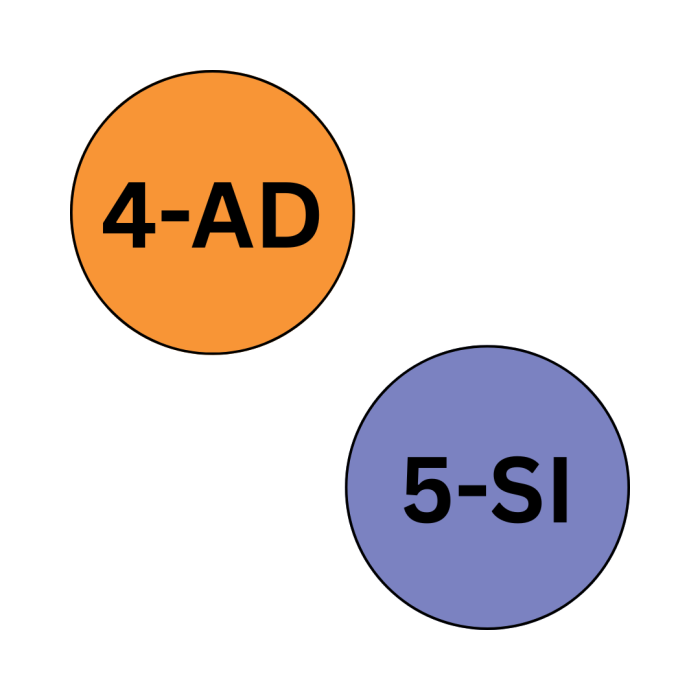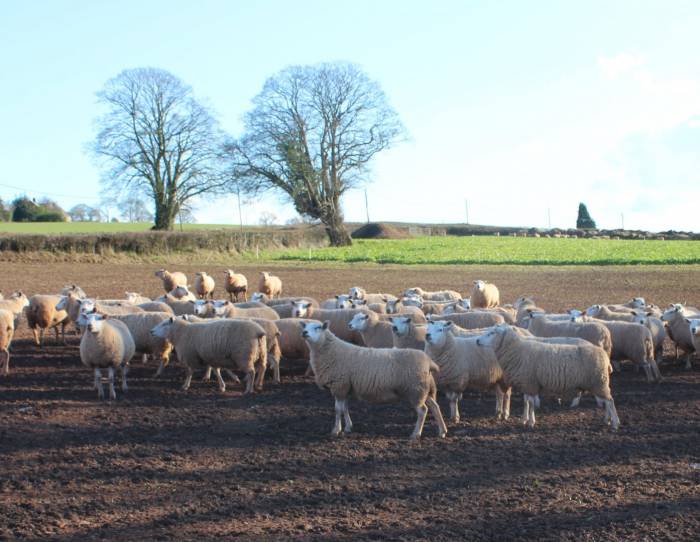For many years UK sheep farmers were reliant on only three groups of wormers – 1-BZ (white), 2-LV (yellow) and 3-ML (clear). The addition of two new groups – 4-AD (orange) and 5-SI (purple) – is great news for efforts to slow anthelmintic resistance, as long as they are used and used correctly.
SCOPS encourages the integration of the two newer groups into on-farm worming strategies to help slow resistance to the older groups, keeping them working for longer. In the long term this means cheaper, effective worm control compared with the dangerous prospect of having to rely on the newer groups completely. Not only would that be very expensive, but if the newer groups become the only treatment option then resistance to those would increase rapidly. The two newer group are most effectively used as a late season break dose and a quarantine treatment.
The objective of a late season break dose is to remove worms that have survived previous treatments with one or more of the older groups. This helps slow the development of resistance to these three groups, with the double benefit that killing the build-up of worms surviving in the lambs will boost performance. Follow these break dose top tips to maximise this option:-
For more information on this topic, try the SCOPS "Understanding and implementing a mid/late-season break dose" podcast.
The gold, silver and bronze quarantine recommendations all include using a 4-AD (orange) and/or 5-SI (purple) product. This is because there is little/no reported resistance to either of these products in the UK to date, so they have the most chance of killing any resistant worms inside sheep arriving to your farm. Once treated, sheep must be turned out onto dirty pasture, so any resistant worms that survive are diluted by susceptible worms already on the farm. Follow the link above to find out more on preserving susceptible worms. Find the full SCOPS quarantine recommendations at www.scops.org.uk/internal-parasites/quarantine-advice-for-internal-and-external-parasites. And watch this AHDB 'Effective quarantine when worming sheep' video.

